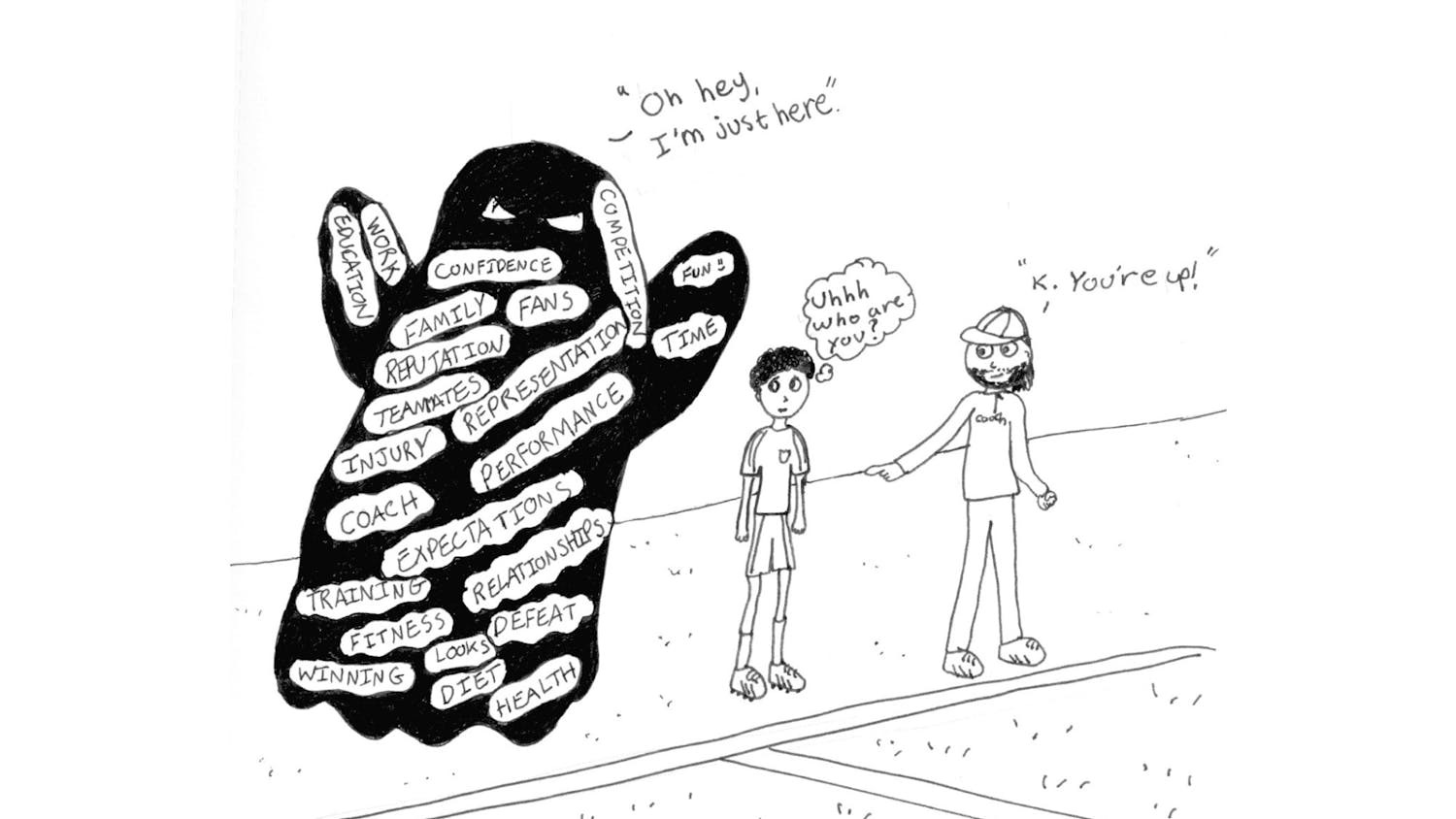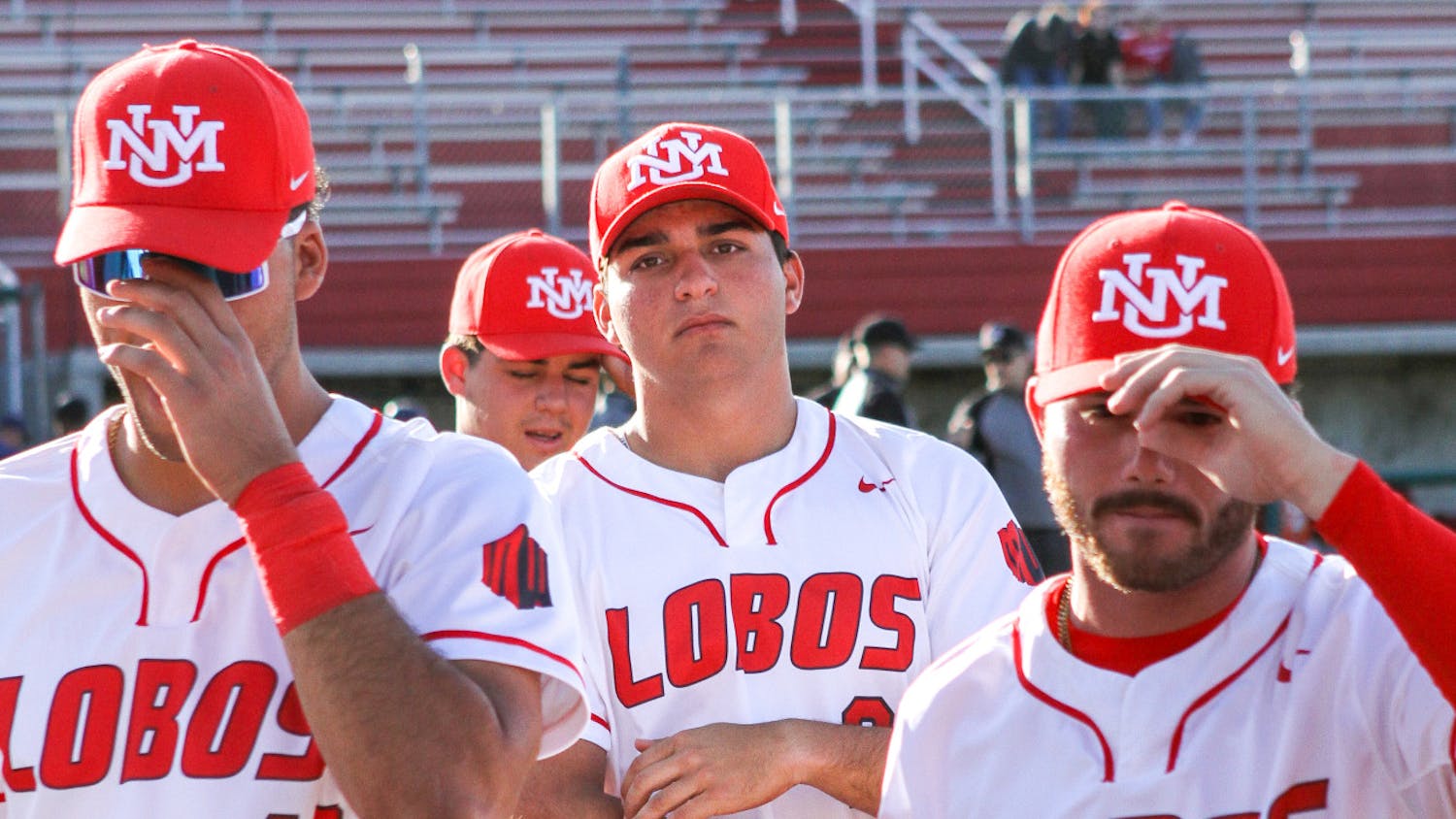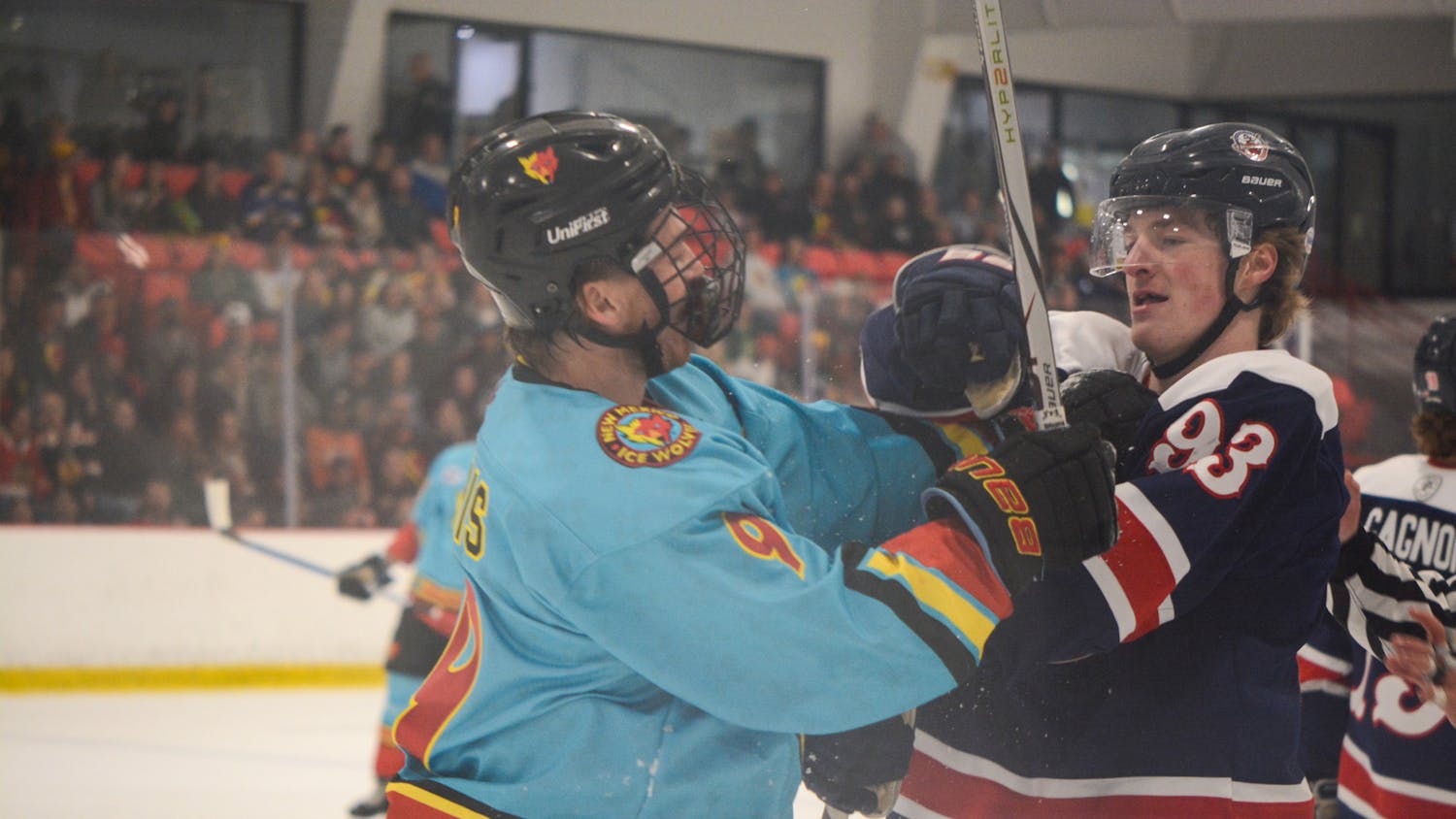Tribune Media Service
MIAMI — Lawton Williams is tired of talking about Taj “Red” McDavid. It has been five years and, quite frankly, it hurts too much. Every year about this time, a handful of reporters from around the country track down Williams, the boys’ basketball coach at Williamston (S.C.) Palmetto High, and touch a nerve that is still raw.
They want to know what became of McDavid, the “other” high-schooler who entered the 1996 NBA draft with Kobe Bryant and Jermaine O’Neal, the misguided kid who ignored the advice of his coach and NBA scouts and turned pro at the urging of relatives and friends. McDavid watched the draft on TV, and kept a phone nearby for that call he had dreamed about since elementary school.
Fifty-eight names scrolled down the screen. None of them was his.
No one signed him as a free agent, either. Not the CBA, USBL or any of the countless leagues overseas. College? McDavid wasn’t interested, not even after tiny Anderson (S.C.) College bent over backward to get the NCAA to restore his eligibility. Last anyone heard, McDavid was still in Williamston, sleeping late, hanging out at the mall, a human caution flag for other teens seduced by the flash and cash of the NBA.
Thirty-six underclassmen have applied for the June 27 NBA Draft, including a record six high school seniors, who have forfeited their shot at a college scholarship by throwing their names in the ring. Florida recruit Kwame Brown announced his decision to enter the draft Saturday.
Get content from The Daily Lobo delivered to your inbox
High school phenoms Tyson Chandler (7-1, Compton, Calif.) and Eddy Curry (6-11, Evanston, Ill.) will probably be among the top five players chosen. Brown, and Seton Hall’s Eddie Griffin, darting after one year, are likely to be lottery picks. Others will toil on the bench before making their mark, such as the Indiana Pacers’ Jermaine O’Neal and Al Harrington. Much to Coach Williams’ dismay, there will probably be another Taj McDavid, whose name has become synonymous with “worst-case scenario” in basketball circles.
It might be Tony Key, a 7- foot 1-inch tall kid out of Compton, Calif., who was not highly recruited despite his size. He is not a projected draft pick.
Nearly 45 percent of the players who declared early since 1971 have never played in an NBA game. Of the eight high-schoolers who declared in the past three drafts, two are out of organized basketball and a third played with the Richmond Rhythm this season.
Those are not the statistics many aspiring players choose to hear. They prefer to point out that in 18 of the past 27 years, the league MVP was a player who declared early. Among those who skipped or left college early: Moses Malone, Magic Johnson, Michael Jordan, Hakeem Olajuwon, Karl Malone, Shaquille O’Neal and Allen Iverson.
The list of success stories goes on:
Kevin Garnett was chosen fifth overall by the Minnesota Timberwolves out of Farragut Academy (Chicago) in the 1995 draft. He was the first high-schooler in 20 years to make the league. Two years later, he signed the richest long-term deal in NBA history — six years and $126 million. He is a four-time All-Star.
Kobe Bryant was drafted 13th overall by the Charlotte Hornets in 1996 out of Lower Merion High (Ardmore, Pa.) and traded to the Los Angeles Lakers for center Vlade Divac. He became the youngest All-Star in league history and led the Lakers to the 2000 championship.
But for every Garnett, there’s a Leon Smith, the Dallas Mavericks pick who never played a game in the NBA and wound up in a psychiatric ward after swallowing 200 aspirin. He was later arrested in Chicago after attacking an ex-girlfriend.
For every Bryant, there’s a Korleone Young, the kid who came out early in 1998, played three games for the Pistons and spent last season with the Richmond Rhythm of the IBL.
For every Iverson, there’s an Ellis Richardson, the California high school kid who came out in ’98, wasn’t drafted, wound up in prison for robbery, moved in with relatives in West Palm Beach upon his release last year, and still harbors dreams of playing pro.
And, there is the sad case of McDavid.
“I was blindsided by Red’s decision and I was sad right that minute,” Williams said. “He was deluded. He was told by too many people how good he was and he believed it. Every high school has a kid who averages 20 a game, and that’s what these kids and their families don’t realize. They aren’t as special as they think. This kid was a good player, a 50 percent shooter who averaged 25 points a game, but we are a 2A school in South Carolina. There are 48 other 2A schools in South Carolina alone, and we are about the 40th most populous state. Do the math. I give my players flyers from Erskine, Stetson, schools like that. We never even talk about Duke or North Carolina. And nobody from this school will enter the NBA draft ever again, not as long as I’m here.
“I saw my kid McDavid in an all-star game with Jermaine O’Neal and you could tell he was not of O’Neal’s caliber, and look how long it’s taking O’Neal to adjust to the NBA. No one was interested in Red. Nobody even called and asked for film. I felt so bad for the kid. Still do. I wish he’d wake up.”
Before long, Williams has launched a half-hour impassioned speech about the ills of society, the power of television, the failures of our government, and the unrealistic expectations he sees in so many of the young people he teaches and coaches. He isn’t bitter, he insists. He’s sad.
“None of these kids are ready, not one,” Williams said. “A kid that age is not ready for the NBA lifestyle, the four Rolls Royces, the groupies, the media. I see bad things happening.”
Twenty years ago, five players left college early. Mark Aguirre (DePaul) went No. 1 and Isiah Thomas (Indiana) went No. 2.
Ten years ago, 12 players entered early. Among those who went undrafted was Anderson Hunt of UNLV, Most Valuable Player of the Final Four. He floundered around in Turkey, Venezuela, Lebanon and Poland. Hunt is back in Vegas, working out with the IBL Bandits.
Last year, 36 players were on the early-entry list. Eight withdrew. Eleven of the remaining 28 were not drafted and lost their college eligibility, including UCLA’s JaRon Rush. Rush played briefly with the L.A. Stars of the minor-league ABA but dropped out to battle alcoholism.
Marty Blake, the NBA Director of Scouting, shakes his head when he sees some of the players taking the plunge this spring.
Brandon Armstrong. Bobby Simmons. Steven Hunter. Kedrick Brown. Cedric Moodie. Damien Wilkins. Not exactly household names.
College underclassmen have until June 20 to change their minds and restore their college eligibility, so long as they don’t hire an agent. Fresno State’s Tito Mattox took his name off the list Thursday after realizing he was not a first-round lock. Temple’s Kevin Lyde also has reconsidered. By leaving some of the long shots off the invitation list for his June 6-9 Pre-Draft camp in Chicago, Blake hopes he is dropping a strong hint.
“A lot of these kids have no business coming out, and we try to get that across to them,” Blake said. “That McDavid kid was a tragedy. I tried to tell people he couldn’t play. But the kid didn’t listen. N.C. State’s Damian Wilkins shot .286 from the field and says he’s going pro because his coach doesn’t run enough plays for him. If I was his coach, I wouldn’t either. It’s ridiculous. I hope when the smoke clears, the list will be cut drastically.”
Kentucky’s Keith Bogans and Tayshaun Prince might return to Lexington once they bang around with the other 60-some prospects and realize they can’t all squeeze into the first round. Others who might test the market and decide they don’t like what they find are Arizona’s Jason Gardner, George Washington’s SirValiant Brown.
It has become so fashionable to leave college early — or not go at all — that players who stay on campus for a fourth year are in danger of being considered wimps.
Michigan State coach Tom Izzo, who is losing freshman Zach Randolph and sophomore Jason Richardson to the draft, told The Chicago Tribune recently, “I’m not against kids who are good enough to go to the NBA. But what’s good enough? Now it seems if they don’t go after their first or second year, it’s a test of their manhood and they’re failures. That’s ridiculous.”
Duke coach Mike Krzyzewski helped convince Jason Williams to stick around at least another year.
“If you want to be a professional in anything, it requires time and development, and where you get that development and spend the time are decisions that shape your professional career,” Krzyzewski said. “People do it in law, medicine. You don’t skip steps. The goal shouldn’t be making the NBA, it should be becoming a successful player and person once you make it there.”
Brown, a 6-11 forward, had been waffling between college and the pros for months before deciding to enter the draft against his mother’s wishes.
Perhaps Brown should have asked McDavid and Richardson for advice.
Both have admitted they made mistakes. McDavid won’t grant interviews, but said in a statement: “If I had it to do all over again, I wouldn’t have entered the draft in the first place.”
Richardson moved back to California from West Palm Beach last month. He told The Los Angeles Times last year he regretted his decision.
“After the draft was over, that’s when I realized I made a mistake,” he said. “I’m trying to teach my nephews how to be better than I was, athletic-wise and school-wise. I made some bad decisions. I could have had a scholarship. I’ve learned the people I was dealing with, who were telling me I was going to get drafted, were bogus people. I should have waited.”





